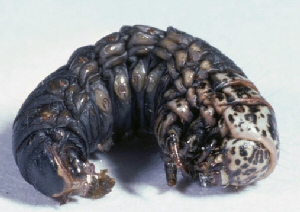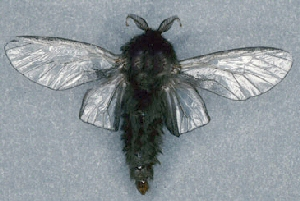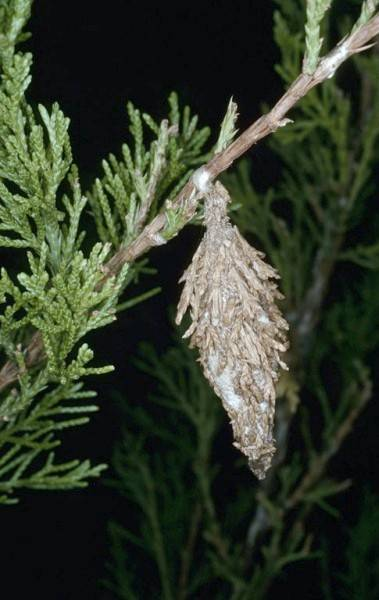Bagworm
 Host
Host
In Oklahoma the most common hosts are eastern red cedar, other junipers, and arborvitae. Other hosts sometimes damaged include pines, spruce, bald cypress, maple, boxelder, sycamore, willow, black locust, oaks, and roses. The bagworm has been recorded on 128 different plant species in various parts of the United States.
Symptoms
Bagworm larvae damage their hosts by feeding on the foliage. Heavy infestations can completely defoliate small plants. Defoliation usually kills hosts such as red cedar and other junipers. Broadleaf hosts are not killed but are weakened and become more susceptible to borers and diseases.
Life Cycle

Description

Control
Please contact your local county extension office for current information.

